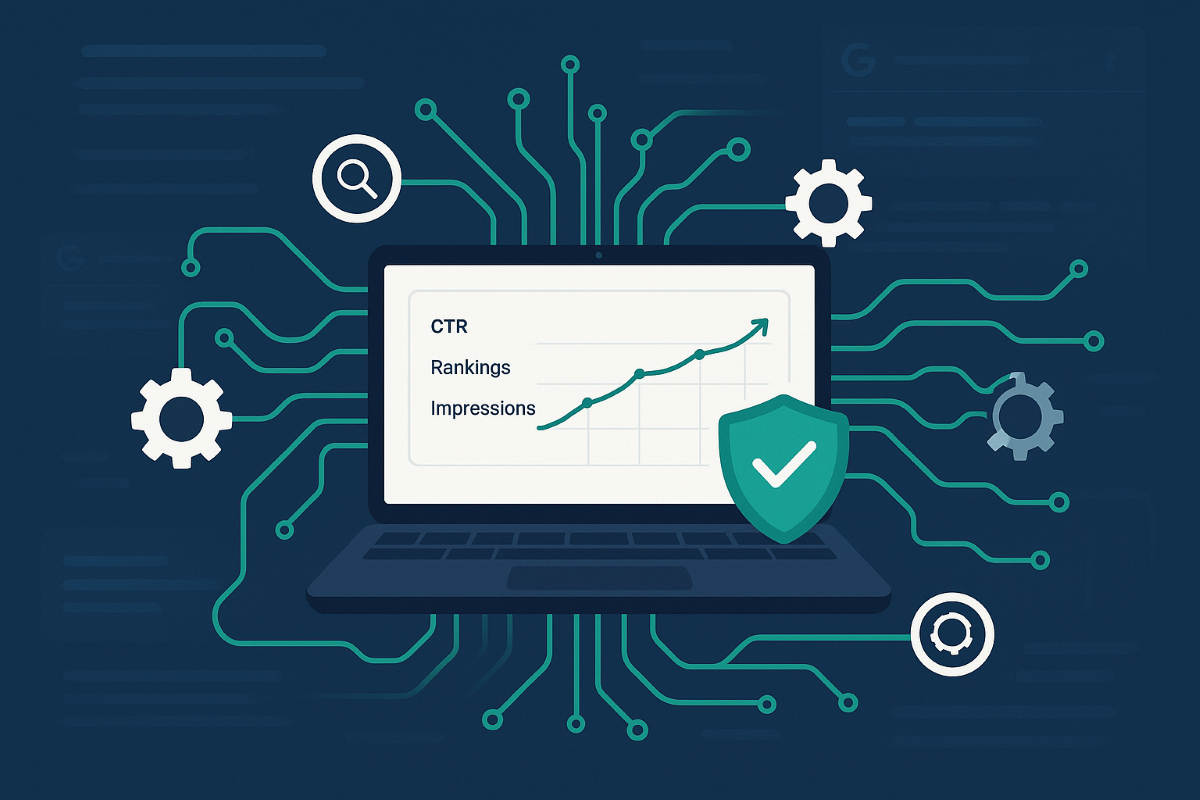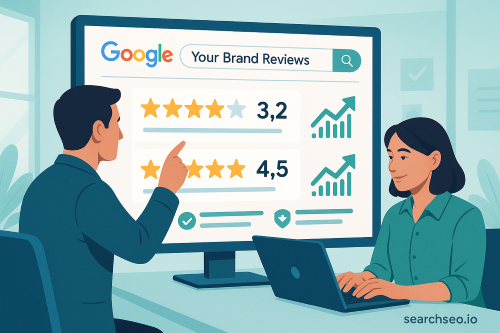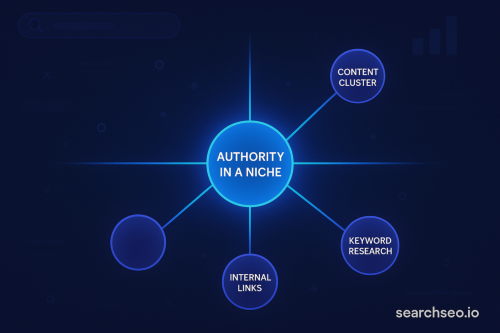Testing title tags, meta descriptions, and click through rates manually takes time. You make changes, wait, analyze results, and start again. It is slow, inconsistent, and hard to scale.
Automation solves that problem when it is done correctly. But careless automation can make Google suspicious and hurt your rankings.
That is why the future of SEO testing relies on behavior simulation that mirrors how real users interact with search results.

Why Google flags poor automation
Google rewards authentic engagement. When its systems detect unnatural patterns such as sudden traffic spikes, identical user sessions, or unrealistic visit times, it considers those actions manipulative.
Many low quality traffic bots produce exactly those patterns. They send repetitive, fake signals that do not resemble human behavior and can damage your site’s credibility.
Not all automation is bad, but the way it is executed determines whether it helps or harms your SEO.
The truth about traffic bots and why most are risky
The term traffic bot is often misunderstood. Some bots are spammy programs that click pages automatically to inflate metrics. Others, like SearchSEO, use real behavior simulation to test SEO safely.
Here is what defines a poor traffic bot:
1. Datacenter IPs
Cheap bots use datacenter or proxy IP addresses that Google easily detects as non human traffic.
2. Repetitive actions
Low quality bots follow identical click paths, spend the same number of seconds on a page, and perform identical movements. These robotic patterns stand out to Google’s filters.
3. No useful data
Fake traffic can make analytics numbers look larger but it gives you no insight into user engagement or click through rate. It pollutes your reporting and makes decisions less reliable.
4. Risk of penalties
Since this activity does not mimic real human intent, it appears artificial to Google. That can lead to ranking drops or site devaluation.
Traffic bots that fake engagement may seem like shortcuts, but they hurt long term SEO performance.
The difference SearchSEO is safe automation not spam
While SearchSEO automates clicks and visits, it does so in a natural and compliant way that aligns with genuine user behavior.
1. Real residential IPs and real browsers
SearchSEO uses residential IPs and browsers like Firefox so visits appear as legitimate user sessions.
2. Natural randomness
Each session is unique. You can customize click rates, bounce rates, and session duration to reflect authentic browsing patterns.
3. Controlled volume
The platform recommends using ten to twenty percent of your real organic traffic volume during testing. This keeps your traffic balanced and safe.
4. Focused on testing
SearchSEO is designed to help you understand how users respond to titles, snippets, and layouts rather than manipulate rankings.
5. Proven record of safety
“In over four years and tens of thousands of campaigns, we have never seen a client penalized by Google.”
SearchSEO is built on the principle of authenticity so every click and impression is designed to look and behave like real engagement.
How to automate SEO testing safely
Follow these steps to test your SEO at scale without risk.
Start small
Choose one or two target pages or keyword groups. Gather baseline data before expanding.
Simulate real behavior
Vary visit time, page navigation, and bounce rates to keep behavior organic.
Use verified analytics tools
Monitor performance in Google Search Console and Google Analytics to track actual impressions, clicks, and CTR changes.
Combine automation with SEO fundamentals
Pair automated testing with fresh content and strong backlinks for the best long term results.
When automation helps SEO performance
Use automated testing when you need to:
- Manage multiple domains or large projects
- Maintain consistent CTR and engagement experiments
- Validate on page changes quickly
- Reduce manual workload
Smart automation increases testing efficiency while keeping your data credible.
The Safe testing triangle
To strengthen your SEO performance safely, focus on three key areas.
- Content relevance – Create pages that match search intent.
- Authority – Earn links from reputable sources.
- Behavioral signals – Use controlled automation to enhance CTR and dwell time.
When these three work together, your site grows naturally and stays compliant with Google’s standards.
The bottom line
Not all automation is risky. Poor traffic bots fake clicks and inflate data, while SearchSEO replicates authentic user behavior to help you test and learn safely.
With the right setup, automation can:
- Improve CTR naturally
- Measure SEO ranking factors faster
- Deliver accurate engagement data
- Stay fully compliant with Google’s quality standards
Automation done the right way is not a shortcut. It is a smarter and safer way to understand what works in your SEO strategy.


.svg)

.svg)
%201.png)








.svg)